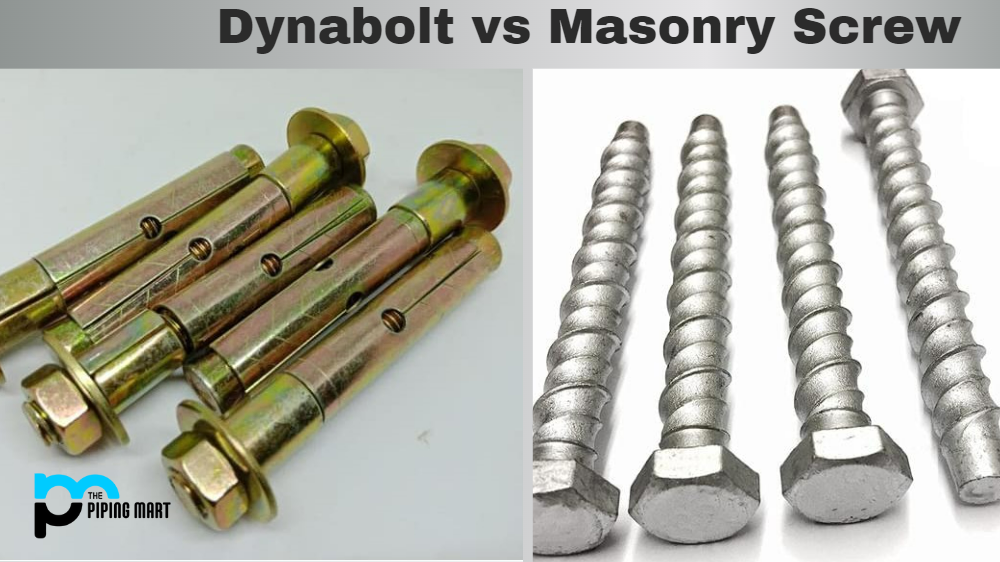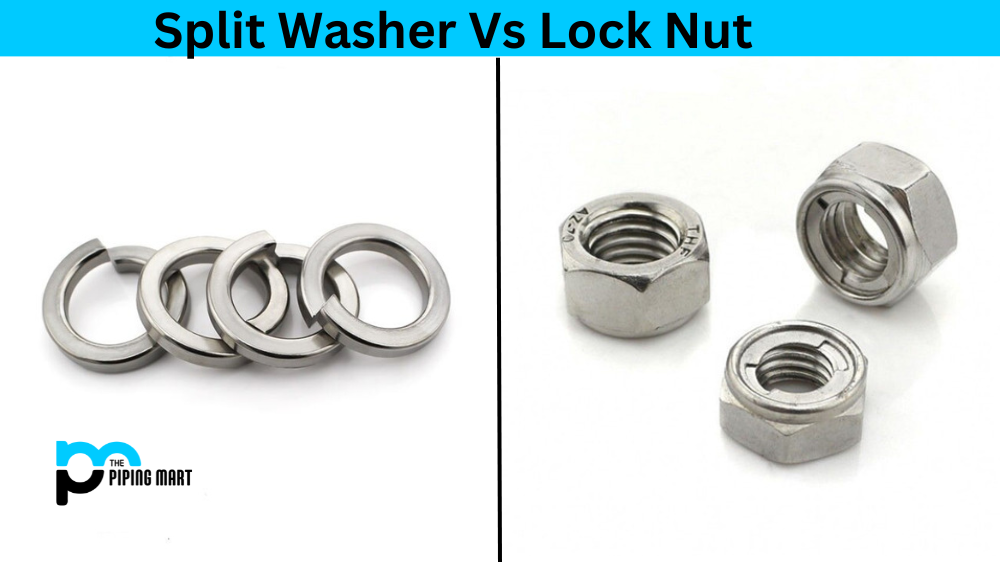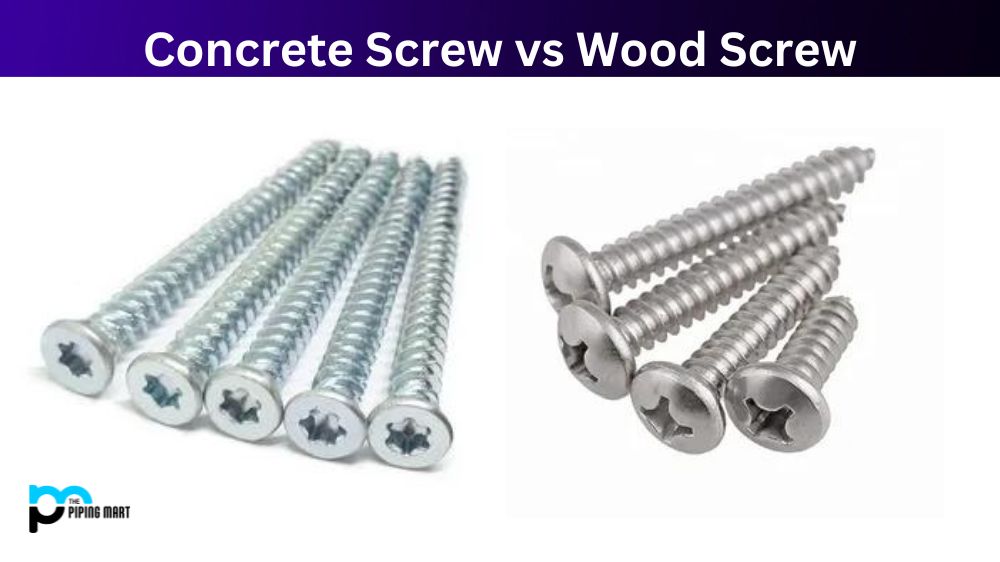Regarding securing materials, multiple options exist, including tri-groove nuts and carriage bolts. Tri-groove nuts and carriage bolts are used to fasten two materials together; however, there are some significant differences between the two. In this blog post, we will look at the main differences between tri-groove nuts and carriage bolts.
What is Tri-groove Nut?
Tri-groove nuts are a fastener to secure cylindrical items such as pipes, conduits and rods. They feature three V-shaped grooves that fit into complementary spring steel retention clips, providing increased strength and security for the connection. Tri-groove nuts are available in multiple sizes and materials, including steel, stainless steel and nylon.
What is Carriage Bolt?
A carriage bolt is a type of fastener which consists of a threaded, cylindrical shaft with a square or round head. This unique design makes them ideal for use in applications where the appearance of the head is important, such as furniture and decoration. They are also functionally beneficial, as the square underhead keeps it from turning when tightened with a nut. Carriage bolts come in different sizes and have many uses in woodworking and engineering projects.
Difference Between Tri-groove Nut and Carriage Bolt
Design
The primary difference between a tri-groove nut and a carriage bolt is the shape of the fastener. A tri-groove nut, also known as a T-nut, has three small grooves on its surface, designed to work with a special tri-groove wrench. The carriage bolt, on the other hand, is a bolt that has a cylindrical shape and a flat head.
Installation
Tri-groove nuts are simple to install and require no specialized tools. All you need is a tri-groove wrench to adjust your nut. Carriage bolts, however, require a hole in the material to insert the bolt and ensure the washer and nut are securely fastened. Carriage bolts can also be installed from the non-threaded side of the material.
Strength
Tri-groove nuts and carriage bolts have different levels of strength. Carriage bolts are generally stronger than tri-groove nuts due to the nature of the cylindrical shape. Carriage bolts will remain locked in place better than tri-groove nuts.
Application
Both tri-groove nuts and carriage bolts are commonly used for fastening materials together. However, they’re used in different applications. Tri-groove nuts are typically used in materials that require frequent disassembly, such as furniture or machinery. On the other hand, carriage bolts are often used for heavy-duty applications like construction, where you need a stronger fixture.
Cost
Finally, tri-groove nuts are typically less expensive than carriage bolts. A tri-groove nut only requires a small hole in the material and takes less time to install than a carriage bolt. Carriage bolts require a washer and nut, which can be more expensive.
Conclusion:
While tri-groove nuts and carriage bolts serve the same purpose of securing materials, they significantly differ in design, installation, strength, application, and cost. The decision of which to use will depend on the specific needs of your project. Hopefully, this blog post has given you a good understanding of the differences between these two fasteners so you can make an informed decision for your next project.

Meet Bhavesh, a seasoned blogger with a wealth of knowledge and experience. From metal products manufacturing to retail, Bhavesh has a diverse background in various industries and is dedicated to sharing his insights and expertise with readers.




